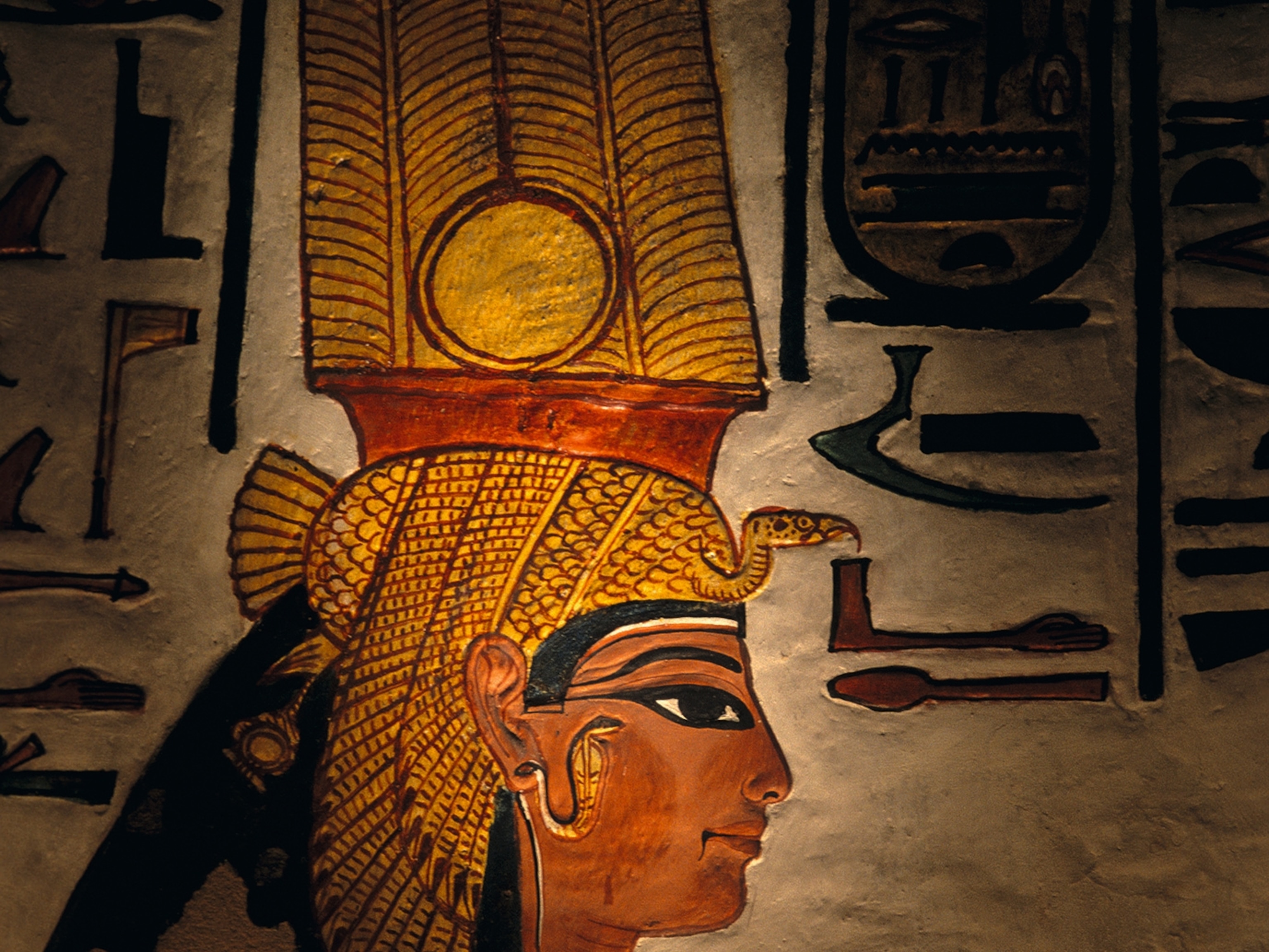Ancient mass graves containing more than 1,500 victims of the bubonic plague have been discovered on a small island in Italy's Venetian Lagoon.
Workers came across the skeletons while digging the foundation for a new museum on Lazzaretto Vecchio, a small island in the lagoon's south, located a couple of miles from Venice's famed Piazza San Marco.
The island is believed to be the world's first lazaret—a quarantine colony intended to help prevent the spread of infectious diseases.
The lazaret was opened during the plague outbreaks that decimated Venice, as well as much of Europe, throughout the 15th and 16th centuries A.D.
Its presence may have helped Venice recover more quickly during the devastating outbreaks.
"When plague struck the town, everybody sick or showing any suspect symptom were restricted on the island until they recovered or died," said Luisa Gambaro, an anthropologist of the University of Padua.
Gruesome Discovery
Digging the foundation for Venice's archaeological museum on the eastern side of the island, workers came across the well-preserved human skeletons three years ago.
"We were called to attend the excavations, study the site, and rescue remains and artifacts," said Vincenzo Gobbo, an archaeologist of the University Ca' Foscari of Venice working with the Archaeological Superintendence of Veneto.
"In the last three years we collected more than 1,500 corpses and 150 boxes of artifacts," he added. "We estimate there are still thousands of skeletons buried beneath every meadow in Lazzaretto Vecchi."
Researchers found the mass graves arranged in several layers. The oldest ones, dating back to the end of the 15th century, are long rectangular trenches. The skeletons inside are carefully lined and wrapped in sheets.
Later graves are nothing more than large holes where monatti, or corpse carriers, hastily unloaded their carts.
"Plague outbreaks in the 16th century were far deadlier than the earlier ones," Gobbo said. "About 500 people a day used to die in Lazzaretto Vecchio. Monatti simply had no time to take care of the burials."
The remains belong to men, women, and children alike. Some show Asian or African features, evidence of the cultural diversity that stemmed from the Republic of Venice's role as one of the most important commercial ports in Europe.
"Nobles or lower class didn't make any difference," Gambaro said. "All the sick were forced to stay on Lazzaretto Vecchio, and if they died, they were buried together."
Among the skeletons, the archaeologists also found common artifacts such as pottery, coins, combs, and jewelry.
First Lazaret
The concept of a lazaret began in 1485, when a devastating plague outbreak hit Venice and killed even the doge, or the head of state, at the time, Giovanni Mocenigo.
Venice's government built a public hospital on Lazzaretto Vecchio to isolate the infectious and curb the disease's spread.
At the time the island was named Santa Maria di Nazareth, but people also called it Nazarethum or Lazaretum. The second name prevailed and eventually gave rise to the modern word "lazaret."
But conditions in Lazzaretto Vecchio during plague outbreaks were far from modern hospital's standards.
"It looked like hell ... The sick lay three or four in a bed," wrote the 16th-century Venetian chronicler Rocco Benedetti.
"Workers collected the dead and threw them in the graves all day without a break. Often the dying ones and the ones too sick to move or talk were taken for dead and thrown on the piled corpses."
The lucky ones who survived and recovered spent their convalescence on the near island of Lazzaretto Nuovo.
Thanks to this policy, Venetians were able to curb the damage as the plague struck Europe again and again during the Renaissance.
Revealing Find
As workers continue working on the museum, scheduled to open on 2010, skeletons and artifacts will finish their journey by being cataloged and stored on Lazzaretto Nuovo.
Researchers from across Italy will study the remains to learn more about society and everyday life in medieval and Renaissance Venice.
"By analyzing teeth and bones it may be possible to know what they used to eat and what kind of diseases affected them," Gambaro, of the University of Padua, said.
"Then part of the remains will be put on display in the new museum on Lazzaretto Vecchio," archaeologist Gobbo added. "The archaeological area will be open to visitors too."




